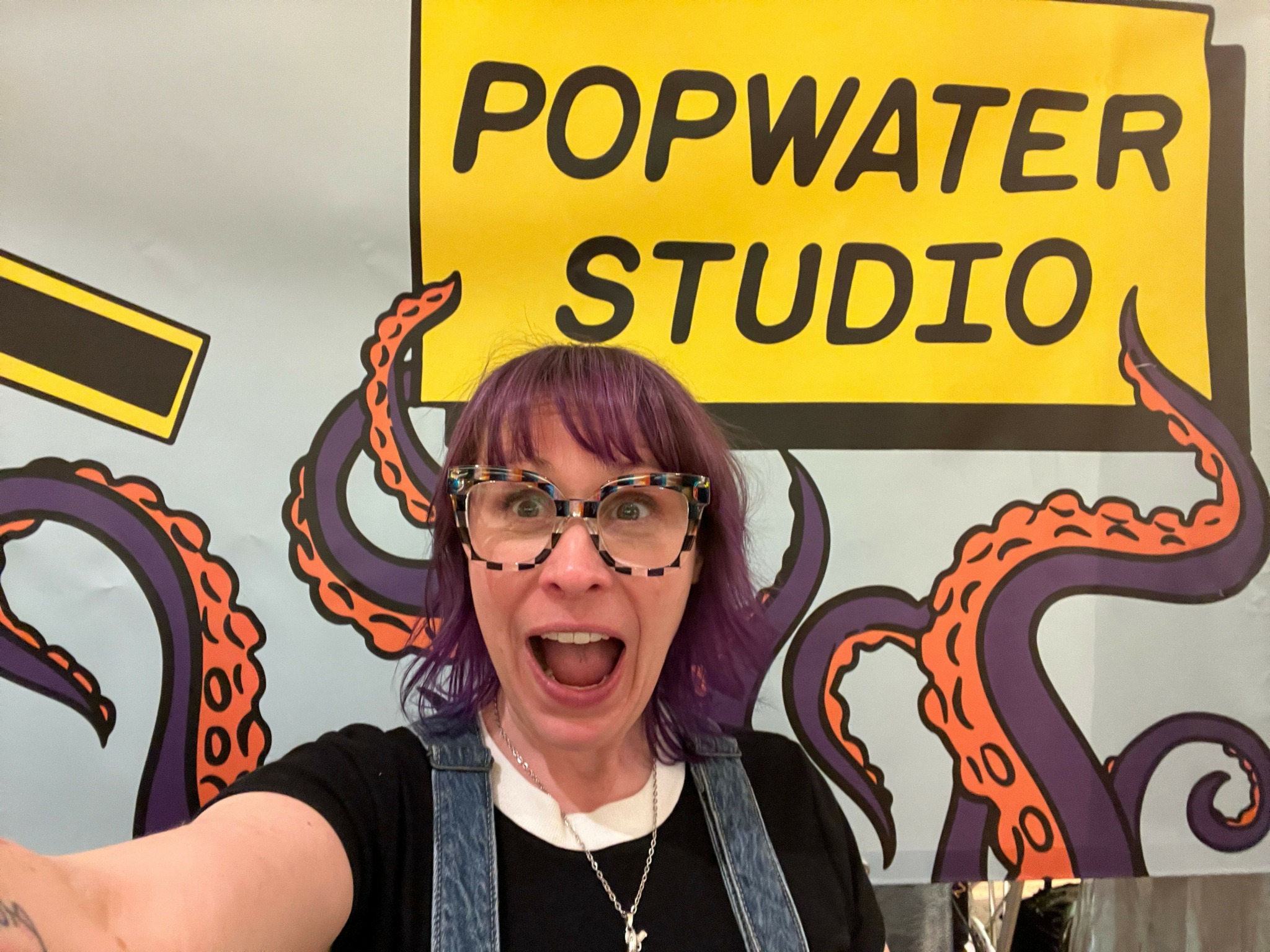 We recently connected with Autumn Walsh and have shared our conversation below.
We recently connected with Autumn Walsh and have shared our conversation below.
Autumn, looking forward to hearing all of your stories today. Can you talk to us about how you learned to do what you do?
While I have always been heavily involved in various forms of art, I didn’t begin working in digital illustration until about 5 years ago. Knowing what I do now, I wish I’d started much sooner, but we all find our passions in our own time.
I’ve learned everything I know about illustration watching video tutorials or just experimenting on my own. I think a willingness to experiment and the determination to “figure it out” has been instrumental in developing my skills. Natural curiosity has been my fuel, but as a full-time working mom my biggest obstacle has been free time. My inspiration and ideas are limitless, but being able to prioritize the work I want to do has always been a challenge. I’m lucky to have an incredible support system but I think most people agree that there truly will never be enough hours in the day to accomplish everything.
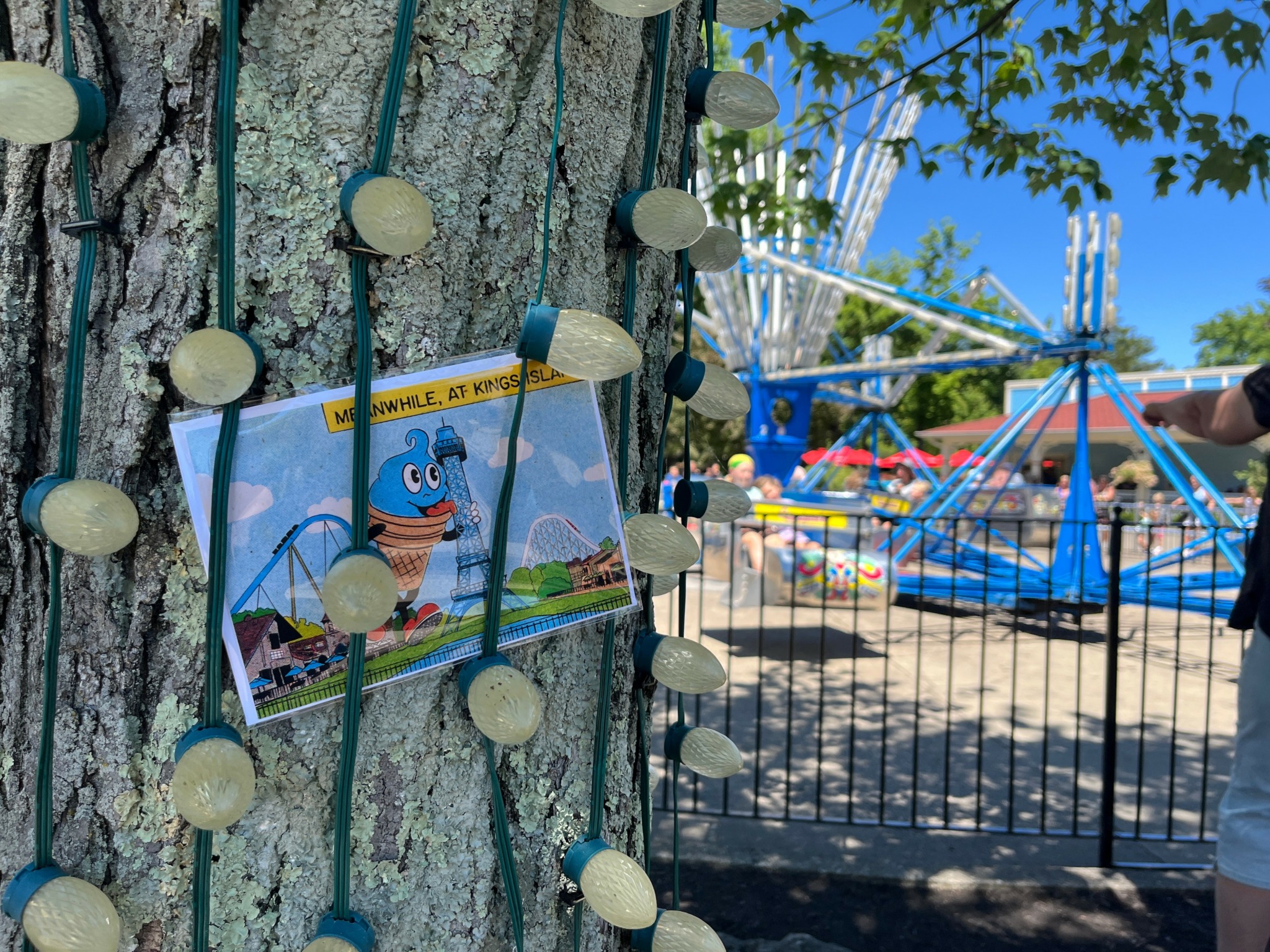
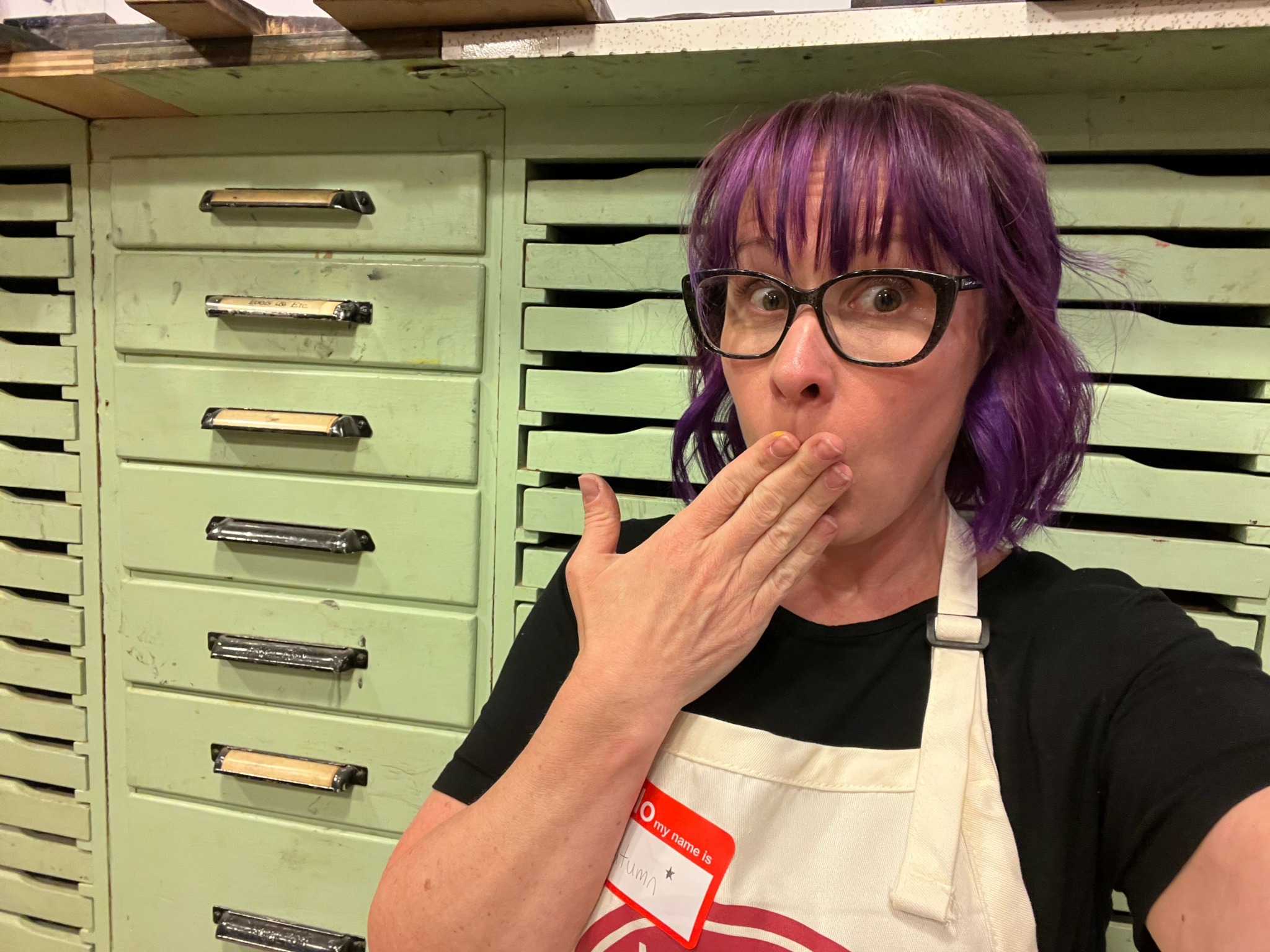
As always, we appreciate you sharing your insights and we’ve got a few more questions for you, but before we get to all of that can you take a minute to introduce yourself and give our readers some of your back background and context?
I’m an artist and illustrator based in Northern Kentucky, just across the river from Cincinnati. Through my business, PopWater Studio, I create colorful, offbeat artwork that combines local landmarks with monsters, cryptids, and other strange or unexpected elements. My style is heavily influenced by vintage comic books, and I try to blend nostalgia, humor, and a little bit of mystery in every piece.
PopWater started as a creative experiment, something I did just for fun, but I quickly realized how much people connected with the work. There’s a real love in this region for our weird landmarks and local lore, and I enjoy reimagining those familiar places through a more playful, surreal lens.
Most of what I create isn’t meant to solve problems in a traditional sense, but I do think there’s something valuable in helping people feel seen, entertained, or just reminded of home. I hear from customers who say a piece made them laugh out loud, or brought back a memory of a place they grew up near, and those are the moments that keep me going. My tagline is “Local art for local weirdos,” and I really mean that. I’m not trying to make work that pleases everyone. I’m making art for people who appreciate the strange and specific, who find joy in a giant octopus hugging the Roebling Bridge or a T. rex looming over the Florence Y’all tower.
There’s a lot of pressure on artists to make work that’s serious or polished or trendy. I’m proud that PopWater leans in the opposite direction. It’s silly, specific, and unapologetically strange—and it resonates because of that.
If there’s one thing I hope people take away from my work, it’s that it’s okay to be weird. In fact, it’s kind of wonderful.
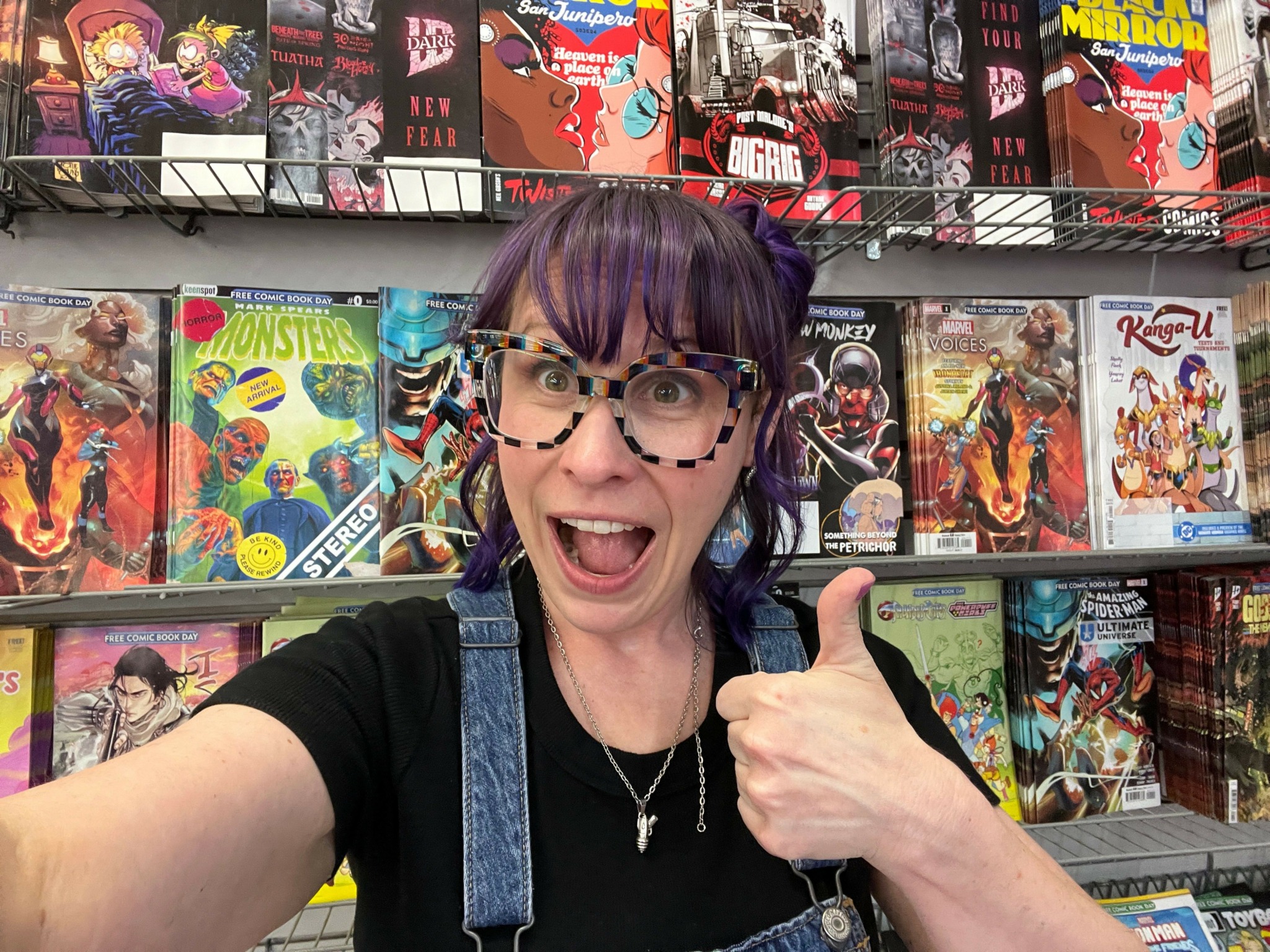
Do you think there is something that non-creatives might struggle to understand about your journey as a creative? Maybe you can shed some light?
One thing I think non-creatives might not realize is how long you can be making art, sometimes even selling it, showing it, or building a business around it, and still feel like you’re not a “real” artist. There’s this quiet, nagging vision a lot of us carry that someday someone will hand you a certificate or pat you on the back and say, “Congratulations, you’ve made it. You’re official now.” But that moment never really comes.
It took me years before I could even call myself an artist. For the longest time, I’d say things like “I drew this” or “Here’s the artwork,” but the word artist felt too big and formal, like it belonged to someone else or like I hadn’t earned it. Saying it out loud felt almost painful. Honestly, it still feels weird sometimes.
Imposter syndrome is a huge part of the creative journey, especially when you’re self-taught or doing something a little unconventional. It’s easy to think there’s some secret club or checklist you’re missing. But the truth is, being an artist isn’t about permission or a title. It’s about showing up and doing the work, whether or not you feel like you’ve earned the label.
The more I talk to other artists, the more I realize we’re all just figuring it out as we go. That in-between feeling might never fully disappear, but that doesn’t make the work any less real. You don’t need a certificate. You just need to keep making things, keep sharing them, and trust that your voice has value—even if you’re still practicing how to say, “I’m an artist.”
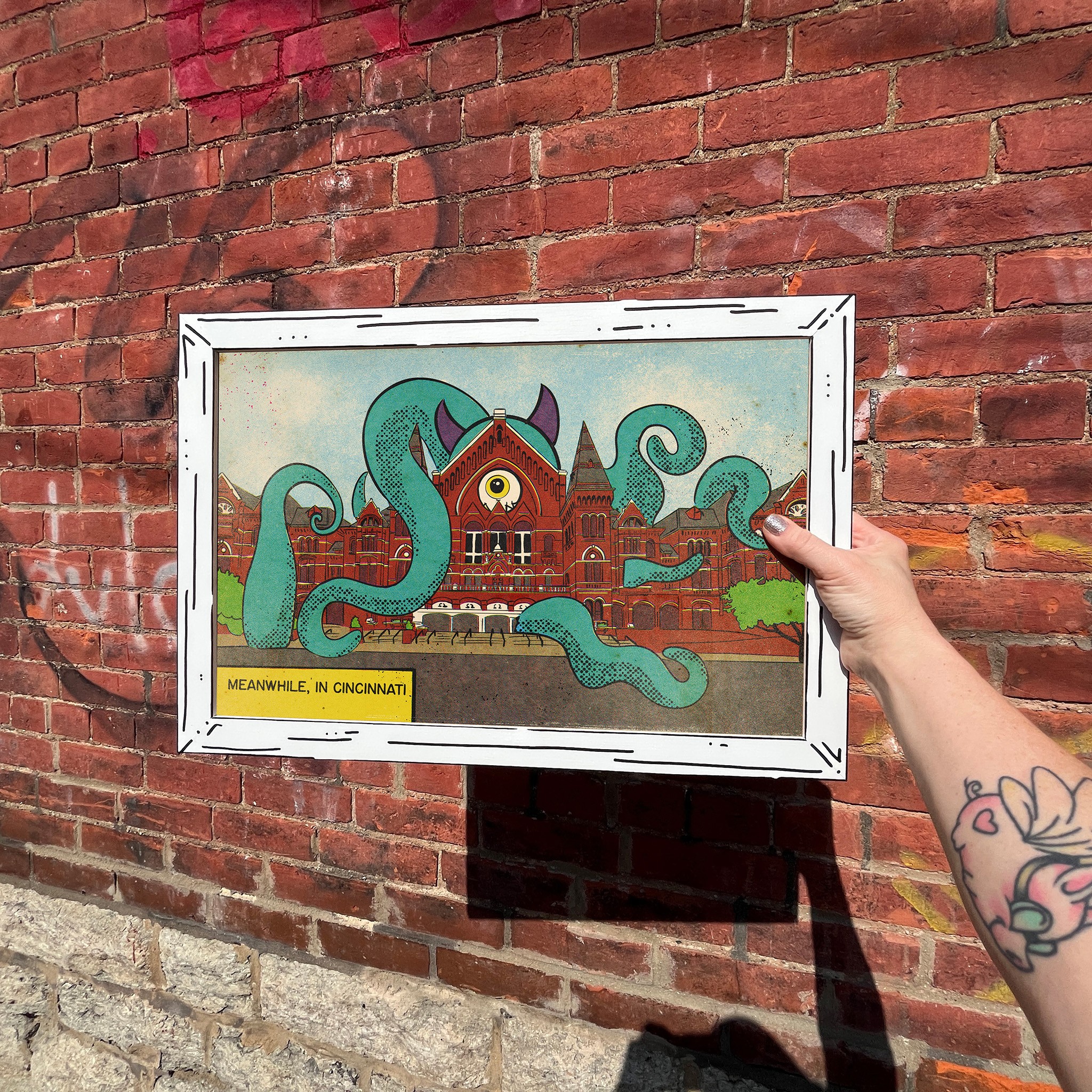

For you, what’s the most rewarding aspect of being a creative?
For me, the most rewarding part of being an artist is the connection I get to make with people through the work. I do sell online, of course, but nothing compares to sitting in a tent at a market or event and watching someone walk up, start laughing, and immediately connect with a piece, whether it’s because they recognize a local landmark or they see something that reminds them of a memory or inside family joke.
My absolute favorite moments are when someone tells me a personal story that gets triggered by the art. Sometimes it’s silly, sometimes it’s emotional, but it’s always real. And at that point, whether they buy anything or not doesn’t really matter. The moment of connection is the reward. I’ve made someone laugh, or remember something meaningful, and I can’t think of many things better than that.
That’s the kind of interaction that keeps me going; those tiny, unexpected moments where something I made brings someone joy.
Contact Info:
- Website: https://www.popwaterstudio.com
- Instagram: @popwaterstudio


Image Credits
Images belong to PopWater Studio

